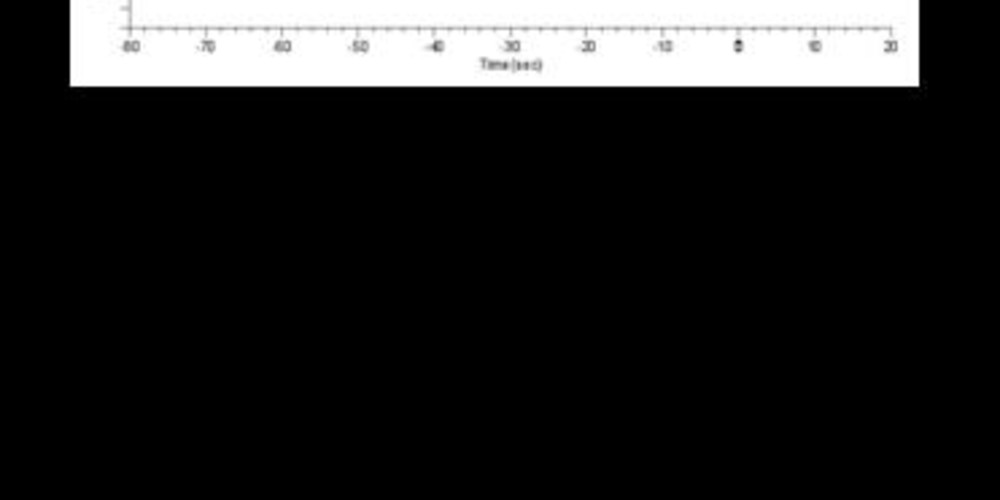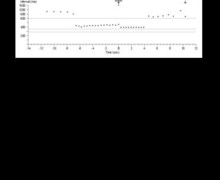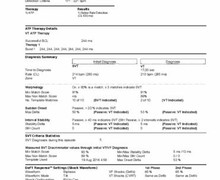Discrimination in a single-chamber device
Tracing
Manufacturer Medtronic
Device ICD
Field Discrimination
N° 31
Patient
Patient implanted with a single-chamber ICD (Evera XT VR) for ischemic cardiomyopathy; this tracing illustrates the new guidelines which recommends a simple chamber discrimination based solely on morphology.

Graph and trace
On the graph, there is a relatively irregular tachycardia detected in the VT zone and treated by a burst with termination of the arrhythmia.
- the EGM shows a tachycardia with a sudden onset;
- relatively unstable rhythm, the stability criterion being measured at 80 ms (80 ms difference between an interval and one of the previous 3 intervals); there is no resetting of the VT counter, the stability criterion not being programmed to ON;
- the VT counter is filled, a burst is delivered with termination of the arrhythmia;
- the morphology of the QRS complexes is objectively different from that of the tachycardia;
- in the text, it can be seen that the 8 analyzed complexes have a different morphology relative to the reference template with a lower percentage than the programmed threshold value (similarity at 70%);
- the sudden onset and stability parameters are programmed to OFF, the discrimination being therefore based solely on the Wavelet analysis.
Other articles that may be of interest to you







The new guidelines for the optimal programming of implantable defibrillators have two key messages in terms of single-chamber discrimination: